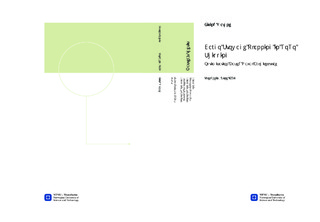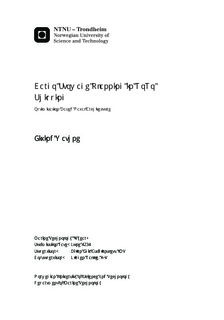| dc.description.abstract | Operations research has proven itself to be advantageous in several areas of the industry for many years, but is operations research a good approach to operational maritime planning? Expressions used to calculate the initial stability of a vessel are often non-linear. Optimisation models demand linearity, and approximated linearisations of the proven stability formulas needed to be developed. This was arguably found to be the biggest challenge when modelling the cargo stowage optimisation model. The characteristics of the RoRo shipping industry have been examined to gain a better understand of the segment. Further, some methods for calculating the initial stability of floating bodies have been presented for the readers that are not already familiar with this area of science.The thesis has used a published optimisation model as a foundation for further expansions. The model is a mathematical formulation of a cargo stowage problem in the RoRo shipping segment, where a predetermined vessel ships mandatory and optional cargoes from fixed loading ports to unloading ports. The reference model controls the vertical and transverse stability of the vessel by imposing constraints that are linear approximations of stability formulas. The model was expanded to ensure the longitudinal stability of the vessel as well. Additionally, the definitions of the existing vertical and transverse stability constraints were altered to provide more accurate co-ordinates for the expanded optimisation model.The computational study showed that the original model was able to find the optimal solution faster than the expanded model. The stowage flexibility was also better than for the expanded model, and the revenue generated was equal or higher in the original model for all scenarios. This was because the expanded model is of a greater size than the original, and is much more constrained in terms of stowage on the various decks. The expanded model divides the decks on the vessel not only into lanes, as the original model does, but also into slots. It can therefore ensure the longitudinal stability of the vessel as well. In addition to this, the lanes and slots in the expanded model are subject to lower and upper bounds for width and length, respectively. The original model allows the width of a lane to take values from zero up to the total width of the deck. In the original model, the size of the set of lanes therefore does not dictate the division of decks into lanes. This was found good for stowage flexibility, but is problematic to defend from a stability and safety perspective. | nb_NO |

